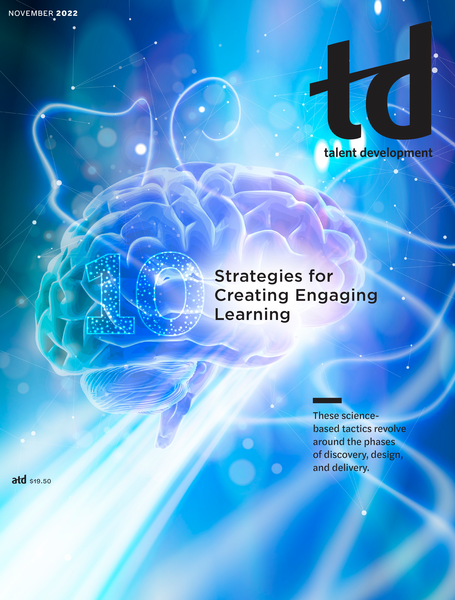TD Magazine Article
Change Your Thinking From Either/Or
A review of Both/And Thinking: Embracing Creative Tensions to Solve Your Toughest Problems by Wendy K. Smith and Marianne W. Lewis
Tue Nov 01 2022
Both/And Thinking: Embracing Creative Tensions to Solve Your Toughest Problems
By Wendy K. Smith and Marianne W. Lewis
Harvard Business Review Press, $30, 336 pp.
Polarization and either/or thinking has historically dominated Western culture, perpetuating tension, conflict, and discord. That form of thinking is extremely limiting. Smith and Lewis suggest that a more empowering and useful way of thinking is to embrace paradox—the reality that opposing ideas, beliefs, and data are in fact interconnected and interdependent.
What becomes possible when we shift our thinking from being highly polarized to embracing paradox? The authors say, "Creative geniuses developed their breakthrough ideas by bringing together opposing ideas."
Leading with captivating stories and relatable metaphors, Smith and Lewis translate academic research into practical advice. They aren't afraid to be vulnerable, using stories from their personal lives to demonstrate how the concepts of both/and thinking have propelled their careers and advanced the quality of their lives.
They encourage readers to solve tough problems by taking the time to identify and embrace the opposing yet interconnected forces beneath the surface. Paradoxes central to dilemmas are not resolvable; they persist over time. Both/and thinking doesn't offer a magic solution to eliminate them. Rather, it offers a permanent solution to easily navigating everyday life's constant tensions and dilemmas.
Smith and Lewis offer many innovative, utilitarian concepts and give tools to integrate them into problem solving. One is creative integration, the possibility of both sides getting what they want without giving something up. Another is integrative thinking, the ability to see various aspects of a problem, the relationships of those aspects, and a more holistic view of the problem and possible solutions.
The authors organize the concepts and tools in the Paradox System framework, which makes it easier to adopt a paradox mindset. The greatest gift the authors offer is the Paradox Mindset Inventory, an assessment tool that helps readers discover to what degree they adopt a paradox mindset in their approach to resolving tensions and problems. Too often, academics share research and tools designed to help people grow their mindset and skills but don't offer a clear starting point to integrate new tools into everyday life. This book and the Paradox Mindset Inventory are the starting point to begin leveraging both/and thinking.

